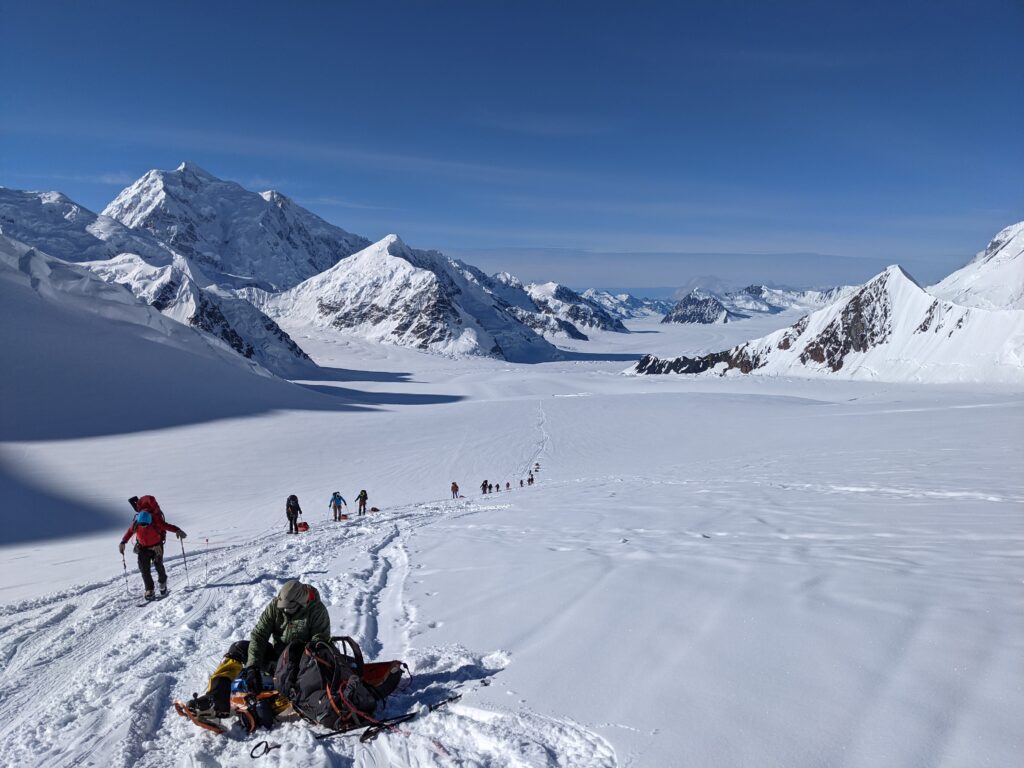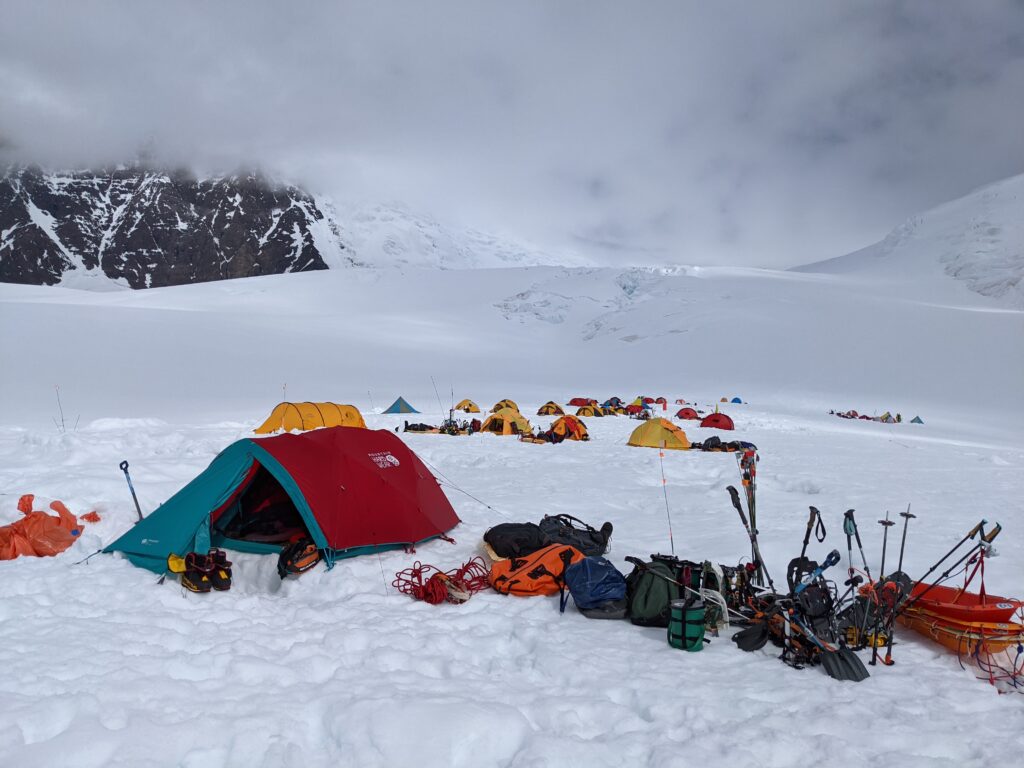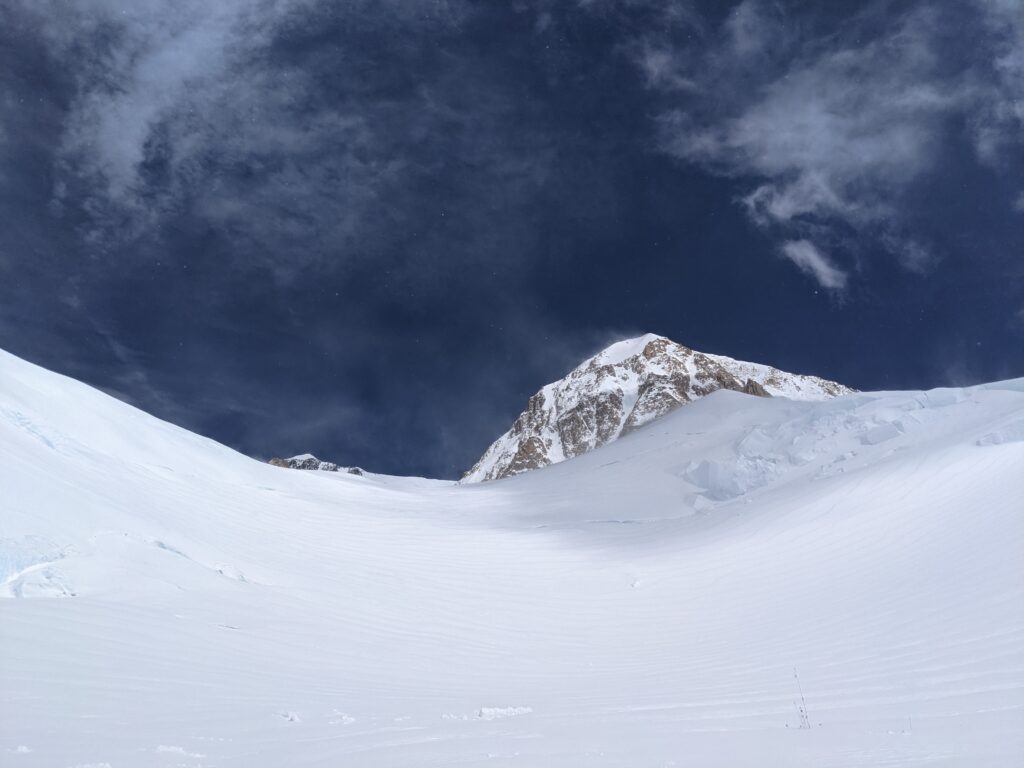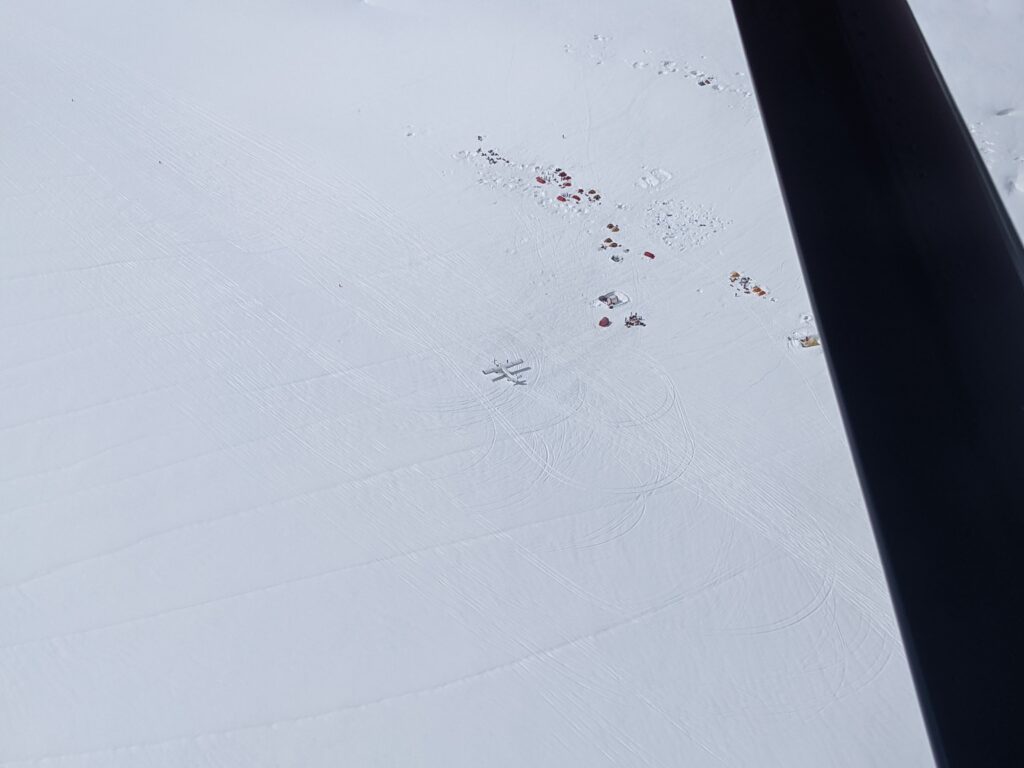Of the Seven Summits, there are two I am (was) particularly concerned about. Puncak Jaya (the Carstensz Pyramid) because of how technical it’s said to be, got me to start bouldering and practice moving around on more “exciting” rocky terrain. The other is Denali.
Moving on snow in a rope team for crevasse safety isn’t the issue. Climbing up on steep slopes or along knife-edge ridges with fixed lines isn’t the issue. Those are skills that you can “just” learn and they become another useful wrench in your toolbox. Having the physical fitness to load carry up to the 14000 (feet) camp was what worried me.

Sure there are load carries on Aconcagua (unless you hire a porter), but those didn’t feel near as intimidating as having a 20kg backpack and a 20kg sled on the Kahiltna. I’ve done hikes with a backpack that heavy (out of luxury rather than necessity) and they weren’t easy. So I was planning to train really hard for Denali with big weights and make sure my body can handle the load.
This summer I was planning to be in Pakistan for two months. Then covid changed those plans again and before I knew it I was signed up for a Denali climb starting in three weeks. Three weeks isn’t the time span anyone could get to Denali fitness from zero, but I wasn’t starting from zero. I had already been training for half a year for K2, and while that training was more about keeping going up steep with medium weight than the Denali loads, I hoped it’d carry over. Long story short, it did.

Since last fall I’ve been training much more consciously and in a designed, rigorous fashion than I had for Aconcagua. I shelled out and got a training program calculated for me at Training Peaks, but that fixed schedule didn’t adjust well to my plans getting rescheduled again and again and again. Once that period ran out, I started loosely following the schedule proposed in the Training for the New Alpinism book, actually thinking about how strong I feel after each training session and each week, adjusting loads accordingly.
For general and specific strength I use the exercises put forward in the book. I do strength training twice a week all the way from the base period to the end where it tapers off to once a week. Depending on how I feel, I gradually increase the weights and the number of circuits to keep about as much pressure on my system as the book suggests. For mountaineering it focuses mostly on core and leg strength, so it was really amusing getting people comment at the bar on how big my arms got.

At the same time, I keep doing laps on the treadmill or the stepping machine (sadly I have no access to a stair machine) with a backpack starting around 30% body weight increasing to 50% later. Working full time in the middle of the city means that it’s really not trivial to go out for training hikes every day, and spending 3 hours on the treadmill is simply just not possible. What I ended up doing is going for 1-hour training more often, starting with 3 sessions a week going up to 5-6 in the end.
I adjust the difficulty of my weekend hikes too, mostly by tweaking the weight of my load and choosing the steepness of the trail. Once in the mountains, clocking in 1000 feet ascent in a few hours isn’t difficult, but accessing the mountains sadly is. (That’s a reason I’m considering moving closer to the foothills.) On the contrary, having to spend 2 hours on the train one way, I’d rather go for longer full-day hikes with adjusted difficulty than do the shorter ones described in the book.

As I said above, it worked out in the end. The move to first camp from the landing strip, where we had to carry everything in one go, and the move up to 14000 camp were the toughest bits where I’d get to camp happy it’s finally over. I was fit enough to help split the load when a teammate couldn’t drag their sled up Windy Corner, but I don’t think I could pull off what the guides did, taking on an whole extra sled… Mad respect to their strength.
